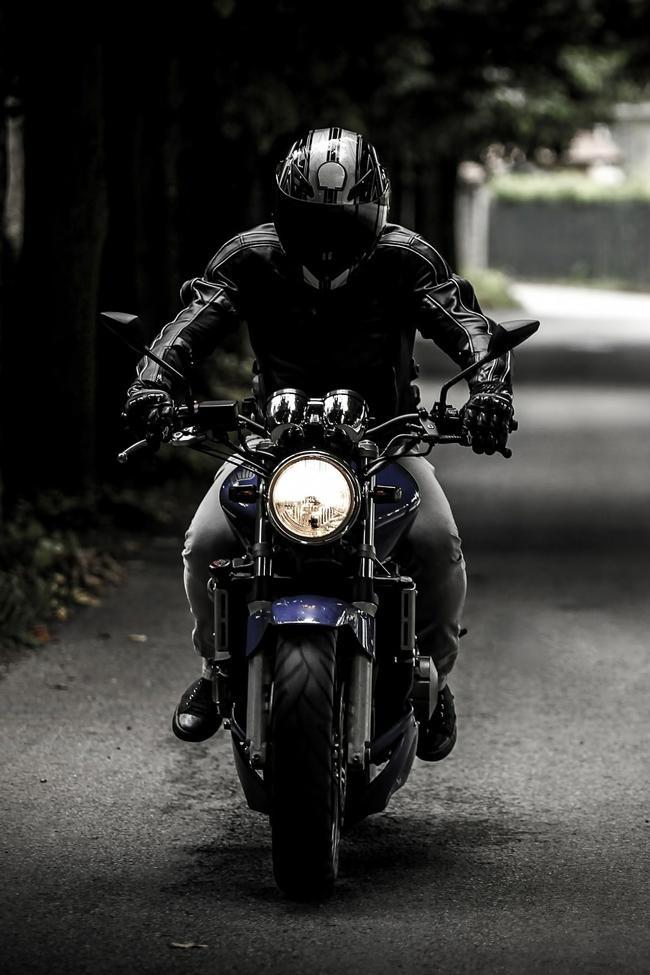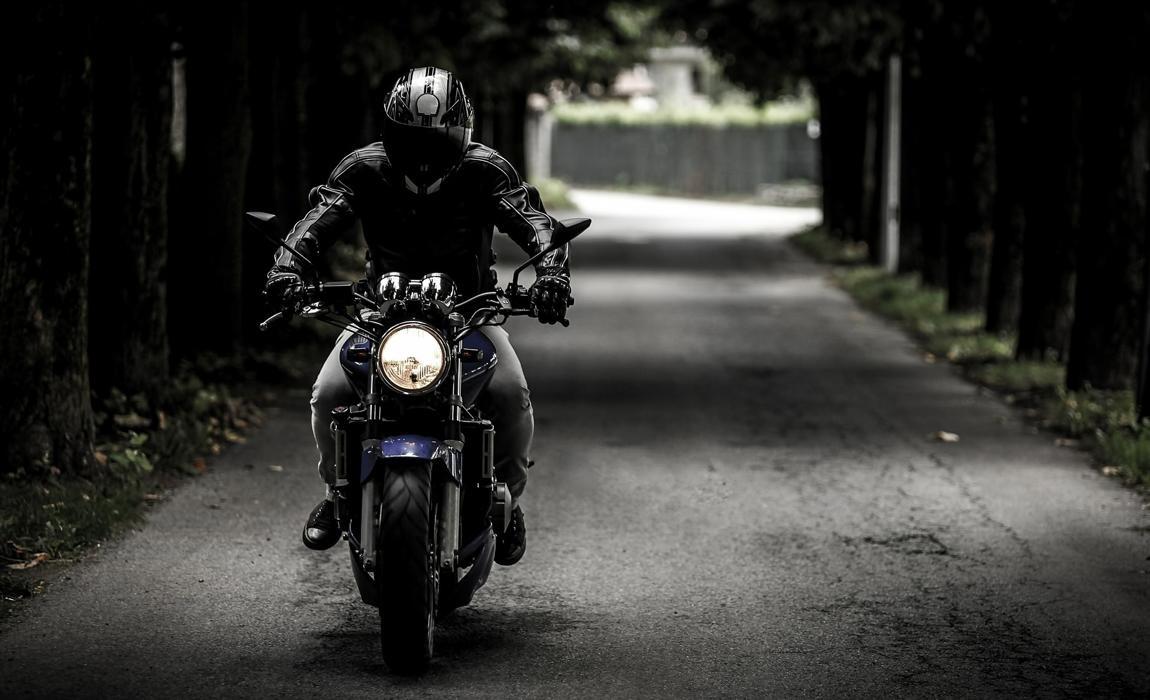The first time you get on your bike is an exciting moment. You were so proud of your newly acquired machine, and so excited to start riding. If you’re like most riders, chances are that not long after that momentous purchase, someone tried to burst your bubble by telling you how terribly unsafe motorcycles are. Maybe they even offered up anecdotal evidence about a friend of a friend of a cousin’s next-door neighbor’s son who died in a tragic motorcycle accident. Let's take a look at some of those common motorcycle myths.
“While it’s true that motorcycles can be involved in serious and even fatal crashes, many motorcyclists opt not to wear a helmet and this makes them even more vulnerable,” says SteinLaw, an Aventura firm that handles road accident cases. “Riding a motorcycle can be safe as long as you follow certain precautions, practice safe driving habits, and stay informed about the fact and fiction of this form of transportation.” Thus, being alert and staying informed will help you avoid a serious legal case, or even worse, a serious injury.
Motorcycle safety and education are critical. Whether you’re an old hand at riding the open road or a bike noob, challenge your beliefs by taking a look at our list of five common myths about motorcycle safety.
Myth #1: Everyone Can See (or Hear) Me
Sure, you feel larger than life when you’re riding your bike. But believe it or not, you may not be as visible to the cars that share the road with you as you think you are.
There are a number of factors that may impede drivers from seeing you: the glare from bright sunshine, other vehicles blocking their view, or simply the physics of the blind spot.
As for the noise factor? Sorry to say that you can’t rely on that to signal your presence or your position, either. Drivers might not hear your engine or exhaust if their windows are tightly closed, if their a/c is running full-blast or their music is crankin’. Or maybe their attention is simply elsewhere and the muted hum of your motorcycle just isn’t registering to them. Think of all the times you’ve been riding (or driving a vehicle) and found yourself pulling safely up to your destination, with no memory of the trip. It happens.
To make certain that you are as visible as possible, run your high beams at all times, even in daylight. Wear a brightly colored helmet and/or jacket. And vary your position relative to other drivers, lest you fall into the black hole of someone’s blind spot.
Myth #2: Wearing a Helmet Will Decrease My Ability to See and Hear
There are plenty of motorcycle riders who justify their dangerous refusal to wear a helmet by claiming that helmets make it harder to see and hear what’s going on around them. This simply isn’t true — and there is plenty of scientific evidence and rigorous research to prove it.
In fact, helmets can actually help you see and hear better. Their visors reduce glare, dry eye, and debris that can impair vision. And helmets actually cut down on the noise and pressure created by the speed at which you’re riding, making it easier to hear other sounds — like a car horn honking or the engine of a truck that’s coming a bit too close for comfort.
Myth #3: In a Crash, Helmets Are Actually More Dangerous
There’s a misconception among some old-school motorcyclists. It’s the idea that helmets add extra weight to the area of your body that’s most vulnerable: your head. Should you get into an accident, some helmet-haters say, the added poundage means more force to impact your noggin. It’s Physics 101, right? Mass x acceleration = force?
Well, it’s true that motorcycles and motorcycle accessories comply with the principles of high-school science. But today’s motorcycle helmets are very light. They won’t add enough weight to turn you into a top-heavy bobblehead that’s almost guaranteed to incur traumatic brain injury from even the smallest of falls.

Myth #4: At Low Speeds, Helmets Aren’t Necessary; At Higher Ones, Helmets Won’t Help
Here’s the thing. The impact energy that does the most damage to a human head during a motorcycle crash is vertical. In other words, it’s dependent on the distance from that head to the ground, and that distance remains the same no matter what speed you’re riding at.
Perhaps even more important, however, is the proven fact that most motorcycle accidents occur at low speeds, on non-highway roads. In one study, over half of all crashes were characterized as “low-speed ground impacts.”
Helmets reduce the risk of fatalities by 37%. In non-fatal accidents, they reduce the possibility of head injury by 69%. Those are pretty good odds, but if you want to improve them, check out some of the smart helmets and other safety gear that’s been developed lately.
Myth #5 Hit a Rock and You’re Toast
Maybe a nervous mom invented this myth, but wherever it came from, it simply doesn’t hold water. Think about it for a second: if riding over a rock — say, the size of a walnut or smaller — really caused bikes to flip, skid, and spill, there wouldn’t be a whole lot of riders left.
What actually happens if you cross paths with debris on the road is the same thing that occurs to car and truck drivers. You feel a bump, but that’s about it. That’s what your vehicle’s suspension is for.
Encountering an unexpected patch of gravel, particularly at a high speed, does present more dangers for motorcyclists than for drivers, but a single rock leading to deadly accidents? Not so much.
Staying Safe on Your Bike Is Important!
When it comes to accidents, drivers of cars and trucks present the largest danger to motorcyclists. Most of those who love the thrill of opening up a motorcycle on the open road, or even just tooling around their neighborhood on a sunny Sunday afternoon, understand and accept the risks of this hobby. Moreover, they take steps to mitigate the risks.
How can you balance enjoyment and safety when riding your motorcycle? Don’t ride while intoxicated. Don’t speed. Pay attention to your surroundings and be on alert for drivers who can’t see you. Wear protective gear, including high-visibility clothing. Perhaps most importantly of all, wear a helmet every time you take your bike out for a spin.
